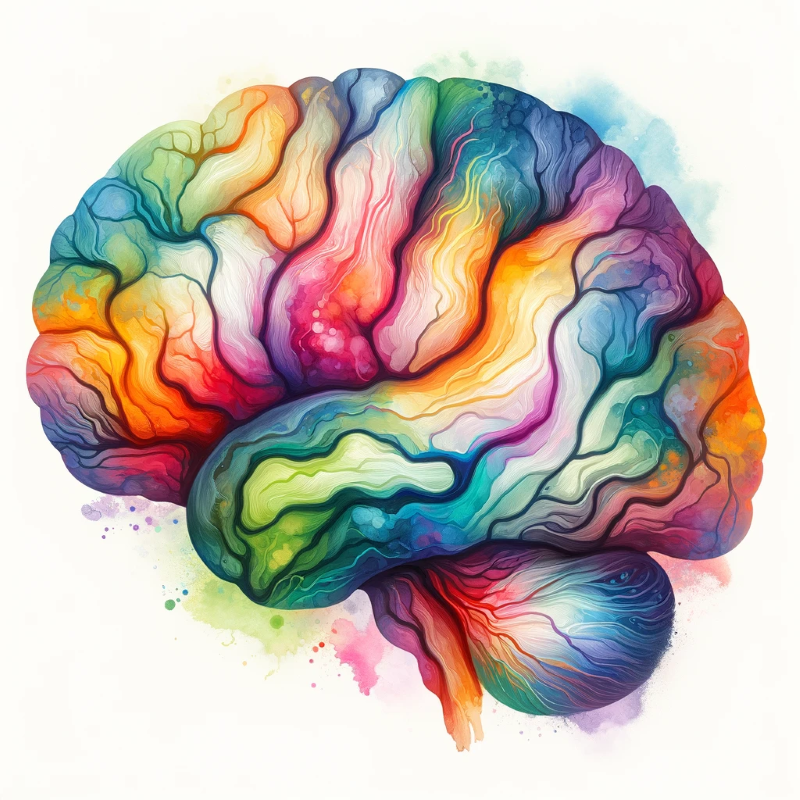Tremor and Dementia: Unveiled Links

The complex interplay between neurological conditions like essential tremor (ET) and Parkinson’s disease (PD) has long fascinated researchers and clinicians alike. Recent studies shedding light on the potential tripling of dementia risk in individuals with ET offer a new dimension to this intrigue. This blog post delves into the nuanced relationship between ET and PD, the diagnostic challenges, and the implications for patient care and research.
The Intersection of Essential Tremor and Dementia
Recent research indicates a startling correlation: individuals with essential tremor are up to three times more likely to develop dementia. The nature of this link prompts a reevaluation of how we perceive ET, traditionally viewed as a benign motor disorder. The presence of shared pathological features with neurodegenerative diseases, such as tau protein deposits and Lewy bodies, suggests underlying systemic neurological involvement.
Understanding the Mechanisms
The overlap in pathological changes hints at common neurodegenerative pathways between ET and dementia, particularly Alzheimer’s disease. These findings challenge the conventional categorization of ET and open the door to innovative therapeutic strategies that target these shared mechanisms.
Therapeutic Insights and Challenges
The potential for shared treatment avenues, such as drugs targeting tau protein accumulation, is exciting. However, the journey from discovery to clinical application is fraught with challenges, notably the subtlety of cognitive symptoms in ET and the lack of tailored cognitive screening protocols. Addressing these challenges requires a concerted effort to integrate neurological and cognitive assessments for early detection and management.
Parkinson’s and Essential Tremor: A Clinical Conundrum
While PD and ET are distinct entities, their co-occurrence complicates the clinical landscape. Differentiating between the two based on tremor characteristics and response to medication is crucial yet challenging. The nuances in their pathophysiology, genetic underpinnings, and the implications for patient management demand a refined and personalized approach.
Conclusion
The intricate relationship between essential tremor, Parkinson’s disease, and dementia underscores the need for a holistic understanding of these conditions. As research continues to unravel the shared and distinct aspects of these disorders, the potential for improved diagnostic and therapeutic strategies grows, offering hope for better patient outcomes.
AI-generated medical content is not a substitute for professional medical advice or diagnosis; I hope you found this blog post informative and interesting. www.parkiesunite.com by Parkie
SEO Keywords: essential tremor, Parkinson’s disease, dementia risk, neurodegenerative pathways, cognitive screening
For the DALL-E image, here’s the prompt: “Here is an abstract watercolor painting representing the brain, with areas highlighted to signify essential tremor and Parkinson’s disease. The colors blend to indicate the overlap and distinction between these conditions.”